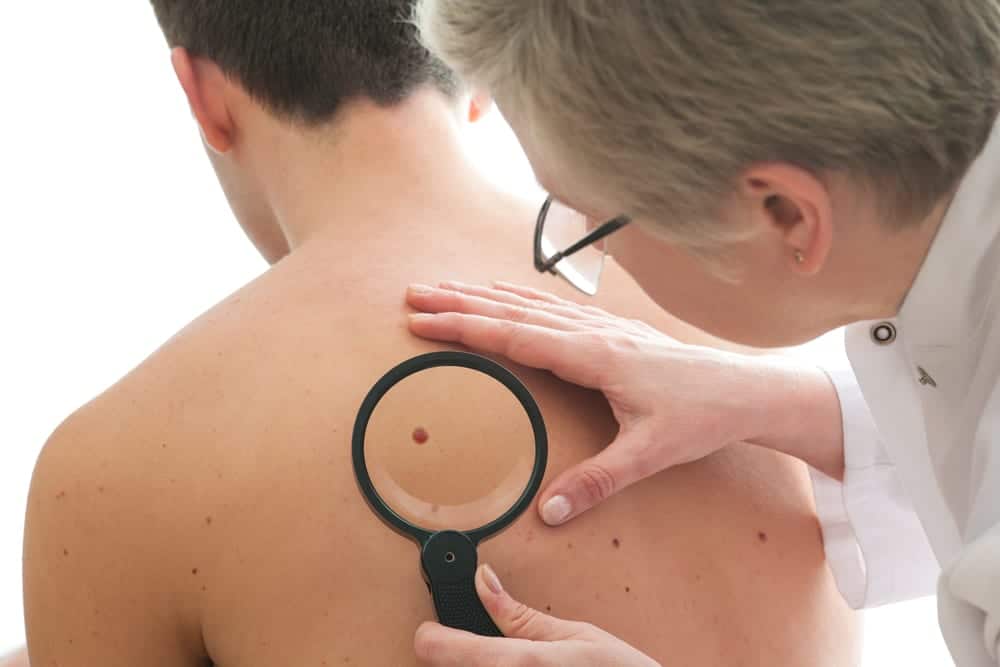We all have growths, moles, spots and other skin blemishes. In the vast majority of cases they are not a sign of melanoma.
However, if you become worried that a spot on your skin could be melanoma, it’s a good idea to know the warning signs to know when you should consult a doctor.
In this article, we’ll take a look at the signs of melanoma, risk factors for melanoma as well as things you can do to prevent melanoma.
5 Signs of Melanoma
The easiest way to remember whether a spot on your skin could be melanoma is to thing of the letters “ABCDE”.
This memory trick was developed by the American Academy of Dermatology. The letters stand for:
- Asymmetry – these are moles or skin spots that are irregular in shape
- Border – the border of the spot is irregular or poorly defined
- Color – the spot has many colors or uneven distribution of colors
- Diameter – the spot is larger than the tip of a pencil eraser (1/4 inch or 6 millimeters)
- Evolving – the spot changes in size, shape and or color over time
Some melanomas may exhibit many of these characteristics. Others may exhibit one or two. And there are some that may not exhibit any. The best thing to do if you’re concerned is to see a dermatologist.
7 Risk Factors of Melanoma
You may be at an increased risk of melanoma if you have fair skin or a family history.
We’ve listed the 7 main risk factors of Melanoma below.
7 risk factors of melanoma include any of the following:
- Fair skin
- Excessive exposure to ultraviolet (UV) light
- Frequent and/or severe sunburns
- Many and/or unusual moles
- Family history of melanoma
- Weak immune system
- Live at high altitude or close to the equator
5 Ways of Preventing Melanoma
There are 5 primary things you can do to reduce your risk of melanoma.
There are things you can do to reduce your risk of melanoma. These include:
- Wear sunscreen all the time – year round and even on cloudy days
- Don’t spend much time in the sun during the middle of the day
- Cover your skin with protective clothing including a hat, sunglasses and dark clothing that cover your arms and legs
- Stay away from tanning beds/lamps
- Keep an eye on your skin and be on the lookout for any changes
If you’re concerned you have some of the signs of melanoma, it’s best to consult with a medical professional to get a proper medical diagnosis and to determine any appropriate treatment.





